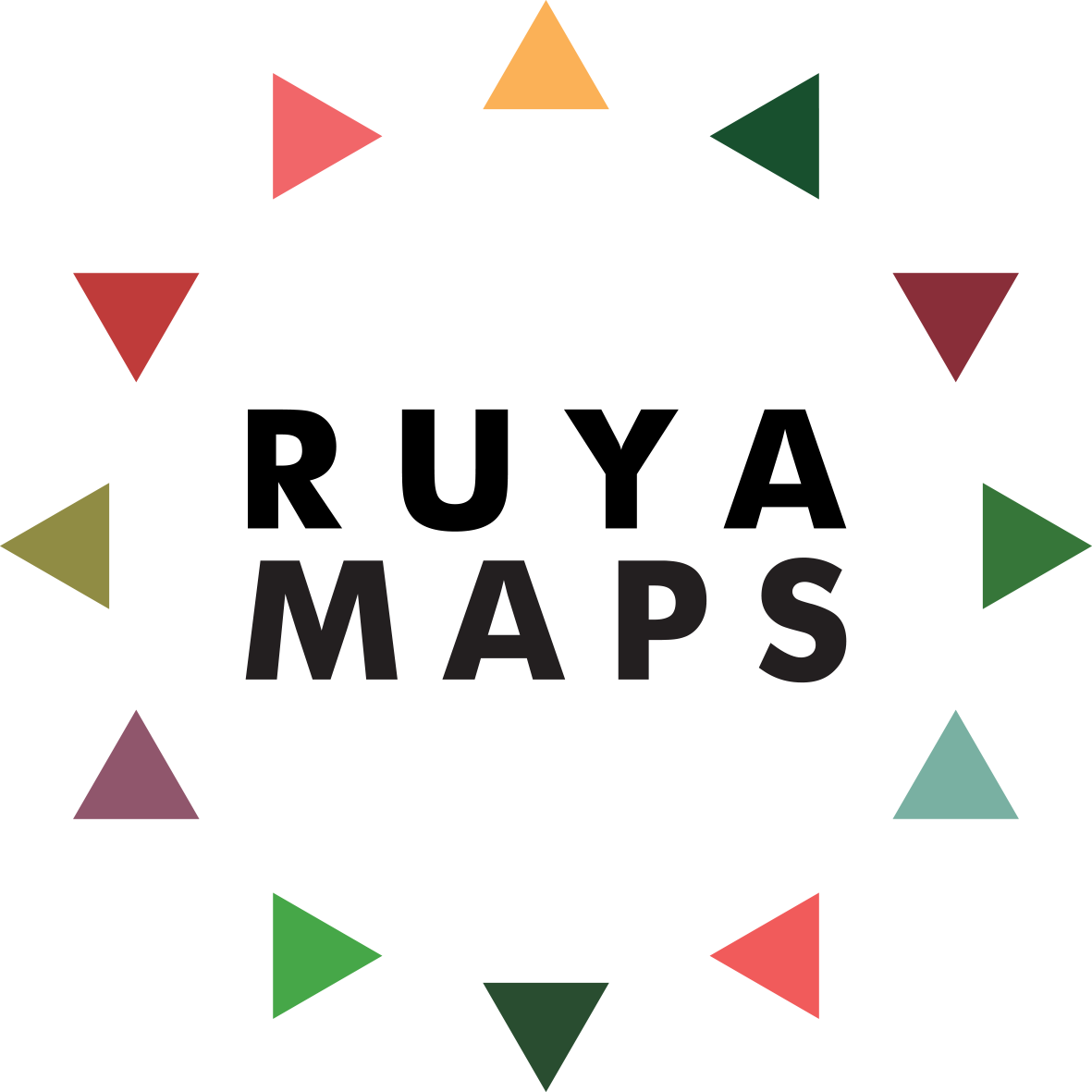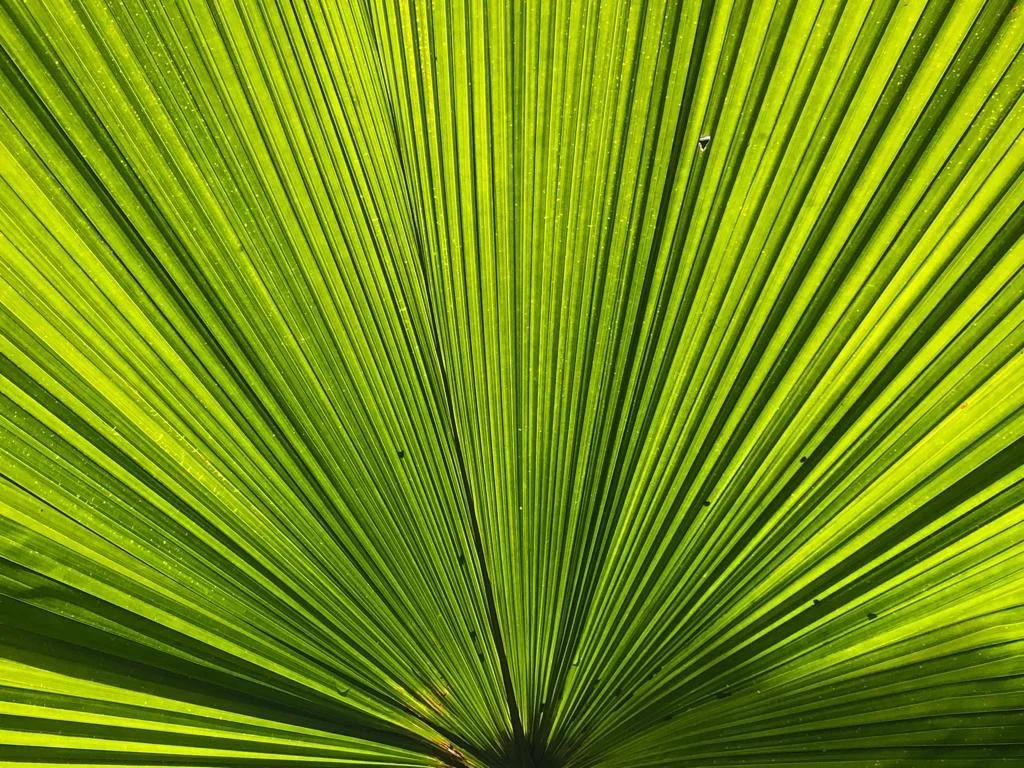Instagram | @ruyamaps
Twitter | @RuyaMaps
Features
In a photo series, artist Pepe López has documented the beauty of the trees in Caracas. A beauty made more powerful through an understanding of the threats that trees in the rest of Venezuela face, and what their loss entails for Venezuelans.
The late John Berger wrote to the multi-media artist Randa Maddah that “fragments, not of the earth, but of a homeland, [are] expressed in the figures you create. Through you the self-portraits of these territorial particles came into being.”
After fifteen years of the Lebanese Civil War, which lasted from 1975 until 1990, more than 100,000 people had been killed, and nearly 1,000,000 displaced. One of the victims of the war was the Lebanese artist Imad Issa. Hit by an explosion that left shrapnel embedded in his body, Issa dedicated a large part of his work to protesting the war.
What motivates the artist Christiana Soulou is “a poetic dimension” that she “believes life has in itself.” It is also what serves as the inspiration for her work. The forms that are rendered in her characteristic style often originate in great literature, with previous collections taking reference from Jean Cocteau, Jorge Luis Borges and William Shakespeare.
For the multimedia installation The landscape is not a bookmark, (2019) Khelil has re-appropriated old furniture, photographs and documents to form a new composition. The choice of a bedside table, where you keep objects that are closest to you, creates a striking intimacy.
The artist Füsun Onur still lives in the house where she was born in Istanbul. A red house that overlooks the waters of the Bosphorus, she shares this childhood home with her sister, Ilhan. Theirs is a creative relationship that, like their home, informs much of Onur’s work.
The Iranian-born artist Maryam Hoseini produces work that shows “incompleteness as a condition of being.” The sense of being incomplete, ‘half’ a person, is a common trope when discussing experiences of heartbreak. It is a trope which Hoseini plays with through the fragmented figures that people her paintings.
In a new commission of six paintings, the Lebanese-Armenian painter Talar Aghbashian has re-interpreted the classical mythology that informs Dido and Aeneas. Where other artists in the exhibition focus on experiences of Heartbreak that are rooted in place, Aghbashian’s paintings are notably atemporal.
Maps are a universal medium for communication. They connect the user to the outside world instantly, via the obscured figure of the map maker. During times of conflict, the unique qualities of maps come to the fore. They reveal themselves as the graphic manifestation of political concepts that they were along
“I looked at the people. I examined their faces - that apathy… I wondered, how many of them know what happened and is happening in the desert prison? … Is it possible that this great people don’t know what is happening even in their own country?” After a decade of imprisonment in the Assad regime’s ‘desert prison’, Tadmur, Mustafa Khalifa is transferred to a different state security jail.
The Heartbreak artists Q&A chain is a mini-interview series with the nine contemporary artists exhibiting in Heartbreak. Each interviewee raises a question from their own interests, which the next interview follows up on, approaching from their own perspective.
The Heartbreak artists Q&A chain is a mini-interview series with the nine contemporary artists exhibiting in Heartbreak. Each interviewee raises a question from their own interests, which the next interview follows up on, approaching from their own perspective.
The Heartbreak artists Q&A chain is a mini-interview series with the nine contemporary artists exhibiting in Heartbreak. Each interviewee raises a question from their own interests, which the next interview follows up on, approaching from their own perspective.
The Heartbreak artists Q&A chain is a mini-interview series with the nine contemporary artists exhibiting in Heartbreak. Each interviewee raises a question from their own interests, which the next interview follows up on, approaching from their own perspective.
The Heartbreak artists Q&A chain is a mini-interview series with the nine contemporary artists exhibiting in Heartbreak. Each interviewee raises a question from their own interests, which the next interview follows up on, approaching from their own perspective.



















